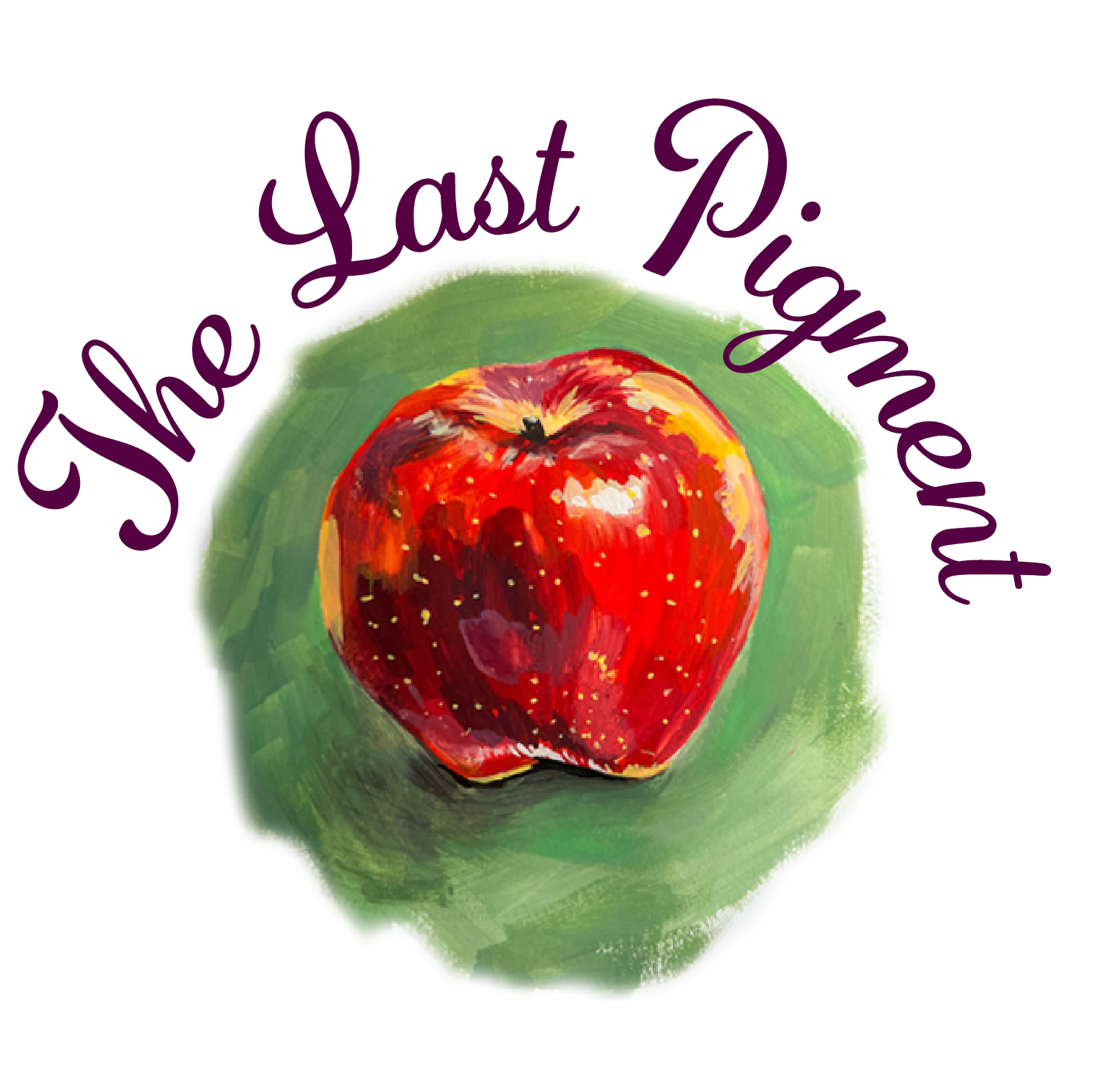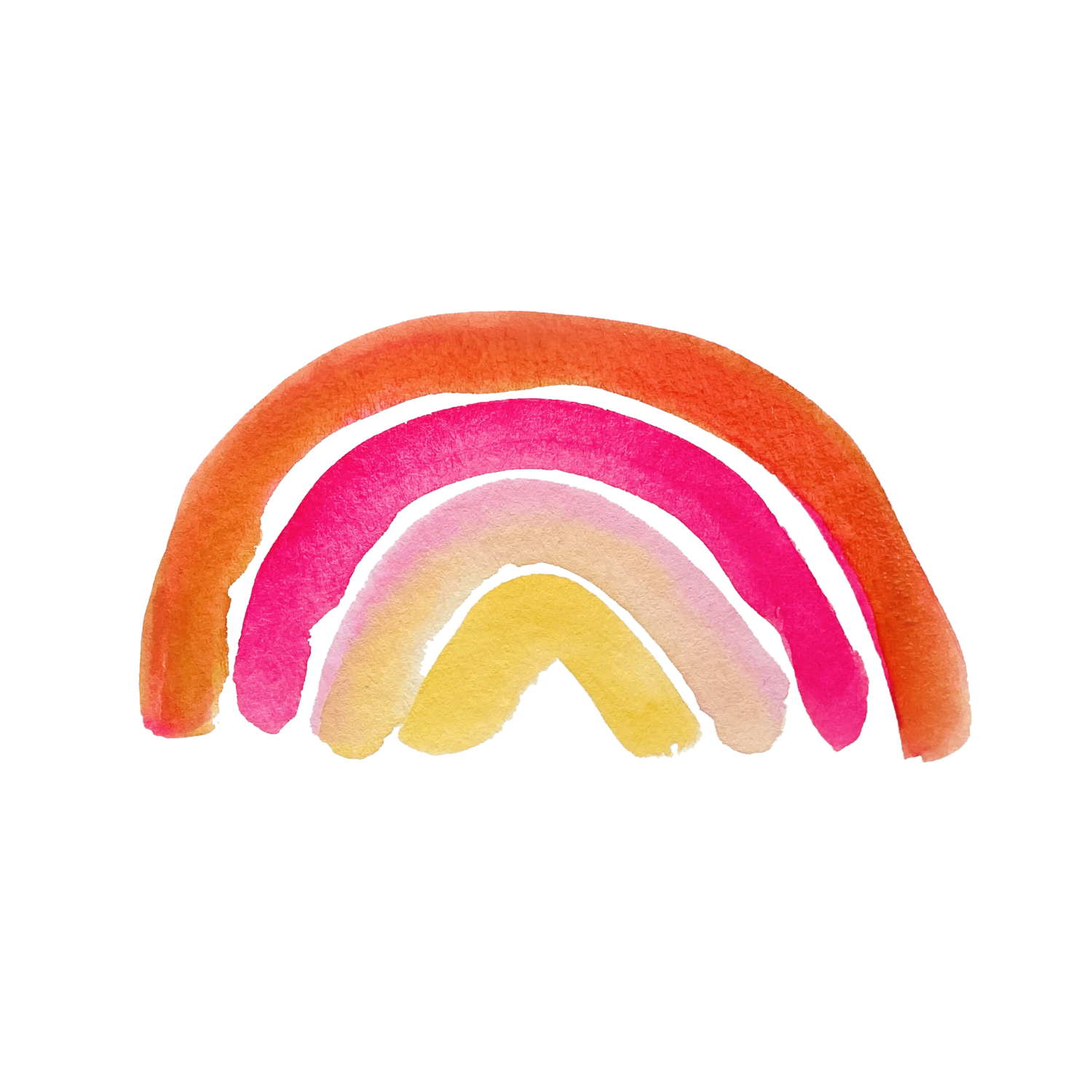Domestika vs Skillshare
Domestika vs Skillshare for Illustrators & Graphic Designers
Many places popped up in 2019 to begin learning illustration and I’m sure some have wondered which is better Skillshare or Domestika? Skillshare seemed like the go to platform for learning these past few years, but Domestika emerged as another option for learning a la carte. The two platforms operate on complete different business models. They provide a different type of product to students. Here is a breakdown of the main differences between each provider of courses.
Photo by Julia M Cameron from Pexels
Cheaper Courses vs Subscription
Skillshare still remains subscription based. You pay monthly and have access to all of the courses in their database. That means you can take a course on different topics and get more for the price you pay monthly. However, the downside could be that you pay month after month, but may not have the time to complete courses you start. This happened to me as I discovered more and more courses I wanted to take. Don’t get me wrong, I love Skillshare and I have 2 classes I teach on there.
Domestika works completely different. You buy one course and complete that specialized class. It’s a one time fee and very affordable. Most courses are discounted to $10. I actually really like this model. I didn’t think I would, but it helped me to focus on finishing specialized courses I purchased. You get access to the course you purchase indefinitely.
Course formats differ between classes
The format of Skillshare differs from Domestika. Skillshare allows creators to format their modules and materials they way they want. There is no evaluation of the content quality of course maker’s modules. This means you could enroll in a course that isn’t that great or doesn’t offer you value.
Domestika makes their course instructors structure all their courses the same. This means there is an influences/inspiration module in every course. In a way, this provides you with consistent content in every course. You already know particular modules are going to be there before you purchase the course.
Language differences between course creators
Skillshare remains in English, although there may be courses in other languages. Everything on Skillshare is predominately in English. Domestika, on the other hand, is entirely in other languages. Most of the course creators are Spanish, south American, or Portuguese. This can make taking the course more challenging as you have to read subtitles throughout. When taking art classes, I have found this to really be a downside. I might look down in order to paint something in the style of the instructor to do a module exercise along with them, and then I cannot understand what they’re telling me to do next, because I have to look up and read a subtitle. Whereas, with Skillshare I don’t have to worry about this.
Both platforms rock and they’re great for learning. They both have different styles and formatting, different languages, and a different target market. Domestika seems to be targeting aspiring artists, where Skillshare’s model is to broaden out in our skills, thus the name Skill share. This is a very English and American style of educating. European education focuses on niches, specialized skills, and style. American education is focused on broadening skills and cross-specialization. It’s all really about what you expect to get out of it. They’re both great!


